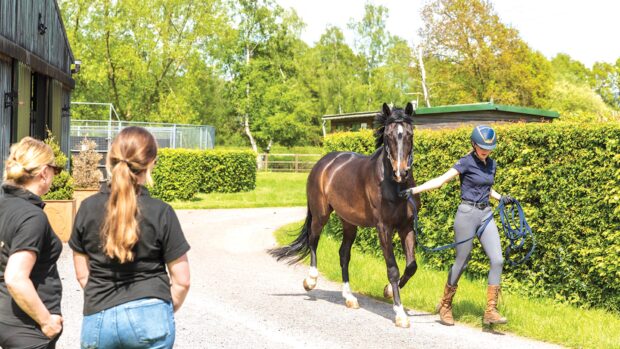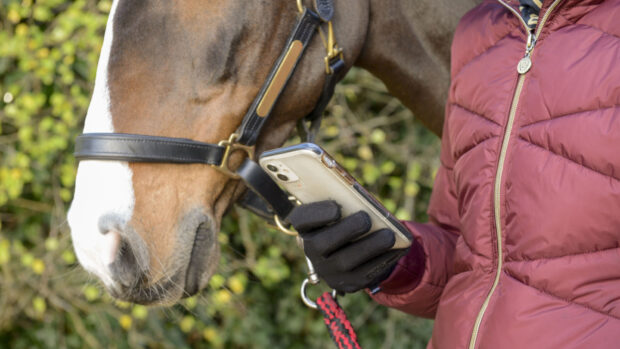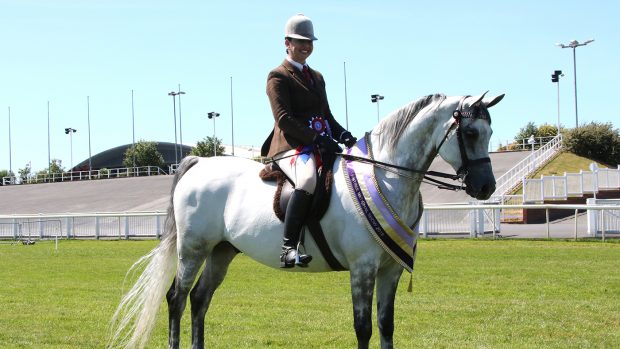View horses for sale
More articles on buying horses
1. Ride the horse in as many environments as possible (eg roads, open fields, school.)
2. Look at the horse in its stable as well as under saddle, and query any signs of stable vices such as cribbing, weaving or box walking
3. Consider hiring facilities at a local equestrian centre if the seller’s premises don’t meet your requirements.
4. Familiarise yourself with the horse’s behaviour in the stable — ask to tack it up, pick up its feet and put on a rug. You may wish to turn the horse out, catch it, see it fed or observe its behaviour with other horses. If practical, you could try loading the horse into a lorry or trailer or observe its reaction to clippers or a hose.
5. Ensure that the seller — or someone on his or her behalf — rides the horse for you first. If there is no one willing to show you the horse, it may indicate a problem.
6. Consider taking an experienced person with you to view the horse — they can act as a reliable witness as to how the horse went, should a dispute arise.
7. Check for signs that the seller has been trying to subdue the horse:
- Are there sweat marks or indications it has been ridden that day?
- Has the horse had access to fresh water? Dehydration will tire a horse.
- Does the horse lack fitness or condition? If so, is there a plausible explanation or is it to manage its temperament?
8. Always have the horse vetted. The main areas of examination are wind, eyes, heart and action.
- The equine vet will need the horse ridden or lunged to the point where he is exerting himself. The heart rate will be monitored before and after exercise and the vet will listen to the horse’s breathing as he goes past at speed.
- The eyeequine vet uses an opthalmascope to check for cataracts.
- The horse must be trotted up on hard ground, as this will highlight any possible unsoundness caused by bone or joint problems.
Trial periods
If a seller is willing to allow you to take the horse for a trial period, ensure that you have adequate horse insurance. You are obliged to take proper care of the horse and return it in the same condition or the seller can ask for compensation.
View horses for sale
Looking for more articles on buying horses?
Buying a new horse? Compare insurance prices at horseandhound.co.uk/insurance



